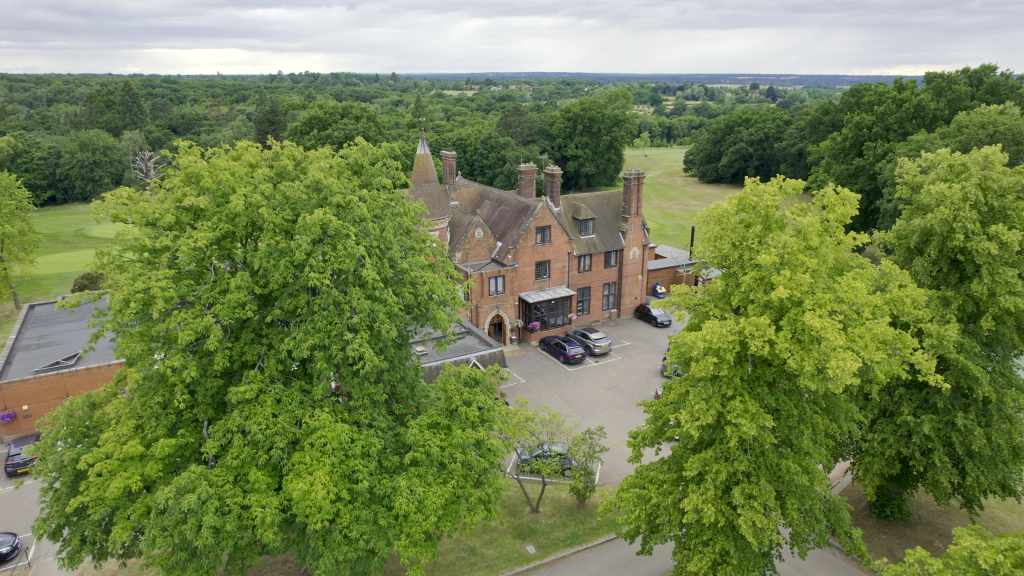Golf courses are beautiful and challenging places, and they can make for some stunning video footage. In recent years, drones have become an increasingly popular way to film golf courses, as they can provide unique and immersive perspectives. In this article, we discuss how drone videography to film golf courses can help get new members signed up in no time!
There are two main types of drones that are used to film golf courses: FPV drones and conventional drones. FPV drones, or first-person view drones, are equipped with a camera that streams live video to the pilot’s goggles. This allows the pilot to see what the drone is seeing in real time, which can be incredibly immersive for the viewer.
Conventional drones, on the other hand, do not have a live video feed. Instead, they record video that is then uploaded to a computer or smartphone. This type of drone is often used for more traditional types of videography, such as capturing sweeping shots of a golf course or following golfers as they play.

Both FPV drones and conventional drones have their own advantages and disadvantages when it comes to filming golf courses. FPV drones offer a more immersive experience for the viewer, but they can be more difficult to fly and they often have shorter flight times. Conventional drones are easier to fly and they have longer flight times, but they do not offer the same level of immersion.
In general, FPV drones are better suited for capturing close-up shots of golfers or specific features on a golf course. Conventional drones are better suited for capturing wide-angle shots or following golfers as they play.
Using FPV drones to film golf courses offers several benefits. Firstly, it provides a more immersive experience for viewers as they can see what the drone sees in real-time. This creates a feeling of actually flying the drone themselves. Secondly, FPV drones can capture close-up shots of golfers and specific features on the course due to their ability to fly close to the ground. Lastly, FPV drones are relatively inexpensive, making them a great option for individuals or businesses on a budget.
On the other hand, conventional drones also have their own set of benefits. Firstly, they are easier to fly than FPV drones since they do not have a live video feed, allowing the pilot to focus solely on flying. Secondly, they have longer flight times as they do not have to use as much power to transmit a live video feed. Lastly, conventional drones are more versatile and can be used for a wider variety of tasks such as capturing wide-angle shots or following golfers as they play.
In conclusion, both FPV and conventional drones can be used to film golf courses, depending on the specific needs of the project. If you want an immersive experience and close-up shots, an FPV drone is a good choice. If you prefer ease of use and longer flight times, a conventional drone is a good option.
Here are some additional tips for filming with drones on golf courses:
- Choose the right drone for your project based on its capabilities.
- Obtain the necessary permissions from the golf course before flying your drone.
- Understand the regulations and rules, such as height restrictions and CAA guidelines.
- Fly your drone safely and responsibly.
By keeping these tips in mind, you can use drones to capture stunning and engaging footage of golf courses.
